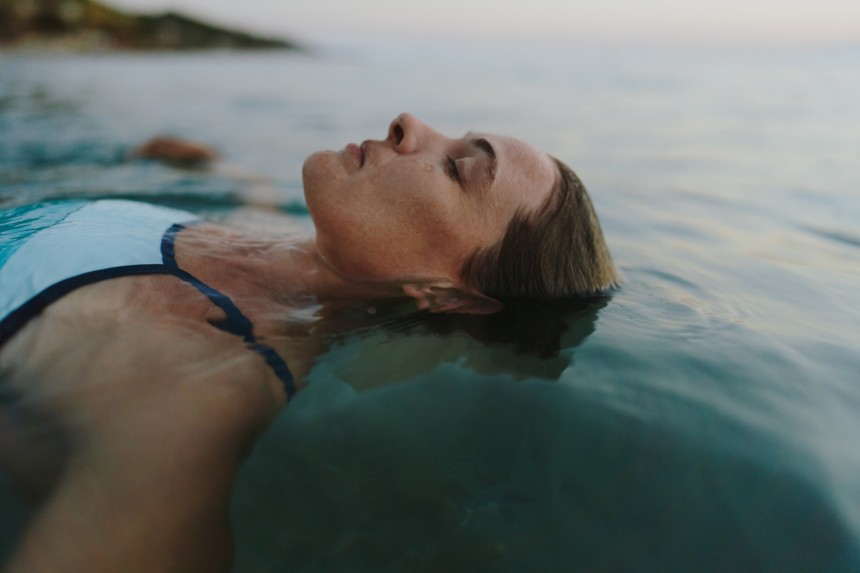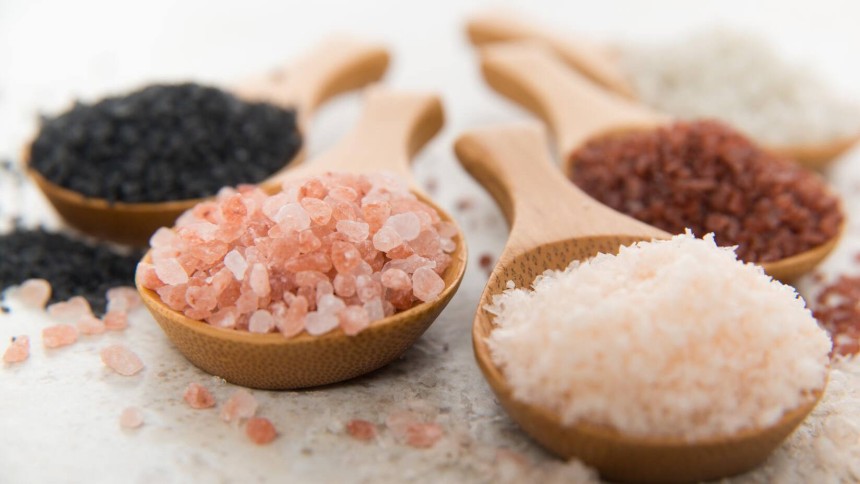
Sea salt's Unexpected Anti-Aging Benefits (and Why Your Skin May Actually Love It)
We hardly give it a second thought when we drop it into pasta water or shake it over fries. However, sea salt has a long-standing and surprisingly powerful secret that lies behind its unassuming place on your kitchen shelf, particularly when it comes to maintaining youthful, glowing skin.
Salt was regarded as a mysterious and potent mineral long before anti-aging serums crowded bathroom cupboards. It was once the center of entire civilizations' trading empires. Its access was the subject of wars. If you examine it attentively, you will see that it still has a subtle sort of enchantment despite being used as money, a cleaning, and a remedy.
The underappreciated advantages of sea salt, particularly for aged skin, are being rediscovered now. And no, we are not referring to regular table salt. This is about sea salt that is rich in minerals, the type that is hand-picked, sun-dried by the sea, and full of components that are good for the skin, like potassium, calcium, and magnesium.
Let us start with the grains.
Why Is Sea Salt an Anti-Aging Skin Salvator?
The worst part is that sea salt is a mild exfoliator and a natural detoxifier, two things your skin is in dire need of as the years pass.
Our skin's capacity to expel dead cells decreases with age. The outcome? Fine wrinkles that seem to have taken up residence, dullness, and plugged pores. Sea salt can help with it. In addition to giving your skin minerals that can help it retain hydration and suppleness, it physically buffs away the accumulation.
Magnesium enhances hydration by fortifying the skin's protective layer.
Calcium promotes the synthesis of lipids and cell renewal.
Potassium reduces puffiness and balances moisture levels.
When applied topically, sea salt has the amazing power to revitalize sagging skin, making it smoother, more resilient, and brighter.
Beyond the Surface: The Relationship Between Stress and Aging

The amazing thing is that sea salt may actually reduce stress, which is a significant aging accelerator, in addition to its surface-related effects. Do you know what a salt bath is?
A warm soak with sea salt—particularly Himalayan pink salt or Dead Sea salt—is more than simply a luxury. It may lessen inflammation, lower cortisol, and calm the neurological system, all of which might affect your face. Peaceful skin, peaceful mind.
There is a good reason why salt therapy has been a part of spa rituals for generations. It is about healing from the inside out, not just about being pampered.
How to Benefit from Sea Salt's Anti-Aging Properties

Salt is not all made equal. Avoid the iodized items in your pantry and seek out unprocessed, mineral-rich types such as:
Dead Sea Salt: Packed with more than 20 minerals
Iron and zinc are among the trace elements found in Himalayan pink salt.
Celtic Sea Salt: Harvested without heat processing and high in electrolytes
You could try:
As a do-it-yourself exfoliation, gently massage a mixture of fine sea salt and a natural oil (such as sweet almond or jojoba) into your skin once a week.
A mineral bath soak: To soothe your skin and nervous system, add a handful of sea salt and a few drops of lavender oil to a warm tub. Soak for 20 minutes.
A salt-infused face mist: For a hydrating, balancing boost, look for toners or hydrosols that contain magnesium and sea salt.
The Conclusion: Sea Salt Is Not Just a Kitchen Essential
We are conditioned to view salt as something that should be consumed in moderation. However, sea salt is a silent hero for aging skin in its purest, most mineral-rich form—a time-tested cure with contemporary applicability.
It is a strong, organic ally, but it is not a magic remedy. Sea salt is a voice from the earth, reminding us that beauty may be basic, elemental, and—most surprisingly—found in the sea, especially in a world full of chemical-laden lotions and $300 serums.





